Ethereum mining validates transactions on the Ethereum blockchain by solving complex mathematical problems using computer hardware.
Unlike traditional banking systems, Ethereum relies on decentralized nodes to maintain its integrity, ensuring transparency and fairness in the blockchain.
Miners contribute computational power to secure the network and are rewarded with newly minted Ethereum (ETH) and transaction fees.
As Ethereum continues to evolve, mining remains a topic of interest for many in 2024, albeit with significant changes due to its transition to Proof of Stake (PoS). While traditional Ethereum mining is being phased out, opportunities still exist for those mining the Ethereum Classic chain or leveraging knowledge for alternative cryptocurrencies.
This article provides a comprehensive guide for understanding Ethereum mining in 2024, from its foundational principles to practical steps.
Getting Started with Ethereum Mining
Mining Ethereum or similar PoW cryptocurrencies requires a powerful and efficient hardware setup.
Below are the general system requirements for a mining rig capable of handling the demands of PoW algorithms:
- Graphics Processing Unit (GPU): A high-performance GPU is essential for mining. Popular choices include NVIDIA RTX 3060, 3070, 3080, and AMD RX 6800 or 6900.
- Memory (VRAM): A GPU with at least 6 GB of VRAM is recommended for most cryptocurrencies. Ethereum Classic currently requires about 4 GB of VRAM.
- Power Supply Unit (PSU): A reliable PSU with sufficient wattage to power your GPU and other components is critical. Modular PSUs are preferred for better cable management.
- Cooling System: Mining generates significant heat, so efficient cooling, such as multiple fans or liquid cooling, is necessary to prevent overheating.
- Mining Software: Software like PhoenixMiner, GMiner, or NBminer is commonly used. These programs enable your rig to communicate with the blockchain and start mining.
- Operating System: Windows 10 or a Linux-based OS optimized for mining.
- Internet Connection: A stable and fast internet connection is necessary to minimize downtime and maximize mining efficiency.
How to Mine Ethereum in the Easiest Way
Here’s a step-by-step guide to mining Ethereum efficiently and effectively.
Step 1: Create an Ethereum-Enabled Crypto Wallet
Before mining, you’ll need a secure Ethereum-based wallet to store your earnings. This wallet acts as your digital bank, holding the ETH you mine. Choose a wallet that balances convenience, security, and features.
Popular Crypto Wallet Options:
- Trezor One: A hardware wallet offering top-notch security.
- MetaMask: A versatile browser extension wallet perfect for beginners.
- Ledger Nano S: Another hardware wallet known for its reliability.
- Exodus: A user-friendly wallet with multi-currency support.
- Mist: Ethereum’s official desktop wallet has solid functionality.
Selecting a wallet depends on your personal preferences, such as portability, ease of access, and the level of security you need.
Step 2: Pick Your Mining Hardware
The heart of mining lies in your hardware. Choosing the right equipment ensures smooth and profitable operations. Due to their efficiency, GPUs (Graphics Processing Units) are preferred for Ethereum mining. However, ASICs (Application-Specific Integrated Circuits) are becoming increasingly popular for their high hash rates and energy efficiency.
Step 3: Choose Your Mining Strategy
Your mining strategy determines how you’ll approach mining operations. Depending on your resources, technical expertise, and goals, you can opt for one of three primary strategies:
- Cloud Mining
Rent mining power from a provider who runs the hardware. This option is perfect for individuals with limited technical skills or space to house mining equipment.
- Pros: No need for hardware maintenance or electricity costs.
- Cons: Lower profitability and potential risks with unreliable providers.
- Pool Mining
Join forces with other miners to collectively mine Ethereum, sharing rewards based on contribution. This is a reliable option for beginners or those without powerful rigs.
- Pros: Consistent earnings.
- Cons: Rewards are shared among pool members.
- Solo Mining
Mine is independent, where all rewards go directly to you. Solo mining requires a significant hardware investment and high computational power.
- Pros: Full control over rewards.
- Cons: Inconsistent and less frequent payouts due to higher difficulty.
Choose the best method with your budget, experience, and long-term goals.
Step 4: Install Mining Software
With your hardware ready, the next step is installing the software that connects your rig to the Ethereum blockchain. Mining software enables your hardware to communicate with the network and solve complex computations.
Recommended Ethereum Mining Software:
- Windows Users: Tools like Claymore or PhoenixMiner are famous for their simplicity and performance.
- Linux Users: Consider Gminer or Ethminer, optimized for Linux distributions like Ubuntu.
- Server-Based Mining: Cudo Miner is an excellent option for managing mining operations across servers.
Installation is straightforward, with most software providing user-friendly interfaces and detailed guides. Always ensure the software is compatible with your hardware and operating system.
Step 5: Collect Your Rewards
After successfully mining Ethereum blocks, it’s time to claim your rewards. The distribution method depends on whether you’re mining solo or in a pool:
- Solo Mining Rewards:
All rewards earned from mined blocks are directly deposited into your wallet. While payouts can be infrequent, the total reward belongs to you. - Pool Mining Rewards:
Rewards are divided among pool members based on their contribution to the collective mining power. Payments are typically made periodically to your wallet.
How to Trade Your Ethereum Easily for Naira
After mining Ethereum, you might need to convert it into instant cash. Trading your ETH for Naira should be seamless and secure, whether you’re using it to cover expenses or cash out profits.
For a reliable and fast service, SnappyExchange stands out as one of the best platforms for easily converting Ethereum to Naira.
1. Login
Start by signing in to your SnappyExchange account. Click the “Login” button at the top right of the homepage. Enter your email and password, then click “Login” to access your account.
2. Go to ‘Trade E-Currency’
After logging in, find and click on the “Trade E-Currency” section in the main menu or dashboard. This will take you to the trading area where you can sell your Ethereum.
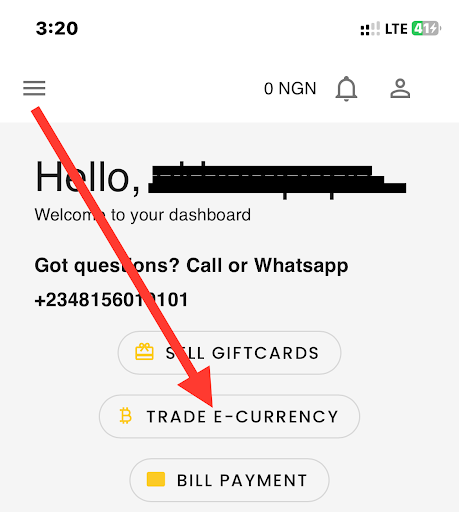
3. Select or Search for Ethereum
In the trading section, find Ethereum by scrolling through the list or using the search function. Click on Ethereum to proceed with the sale details.
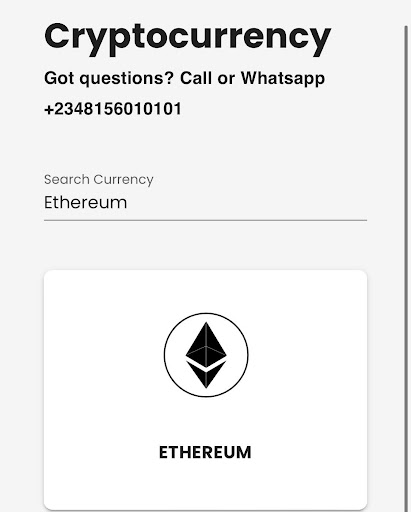
4. Fill in the Details and Click ‘Sell Now’
Enter the amount of Ethereum you want to sell and select the Ethereum network. Click “Sell Now” to start the sale process.
5. Send ETH to the Wallet Provided
Send your Ethereum to the wallet address given by SnappyExchange. You can copy the address or scan the barcode if available. Double-check the details to avoid errors.
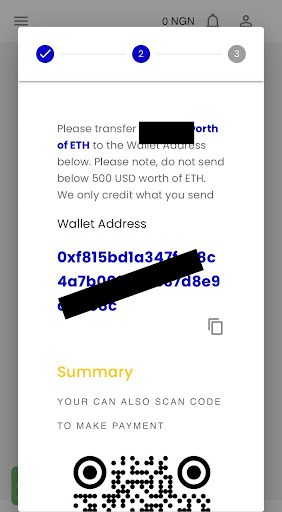
6. Upload Payment Screenshot
After sending the Ethereum, take a screenshot of the transaction confirmation and upload it to SnappyExchange. This helps verify your payment.
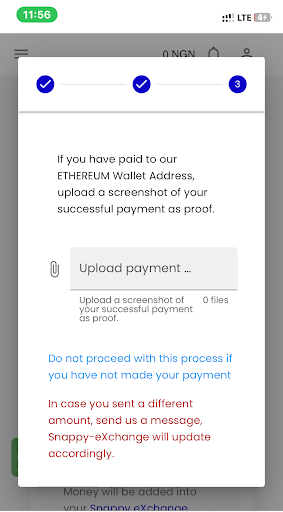
7. Wait for Transaction Processing
Your payment will be processed and verified by SnappyExchange. Depending on network traffic and verification procedures, this might take a few minutes.
8. Get Credited
Once the transaction is verified, you’ll see the credited amount in your SnappyExchange account. Check your balance to confirm the funds have been added.
Common Issues in Ethereum Mining
Ethereum mining can sometimes be frustrating due to a variety of common issues. These problems range from software glitches to hardware malfunctions, and they can slow down mining operations or even halt them entirely. Here are some of the most frequently encountered challenges:
- Network Connectivity Issues: A slow or unreliable internet connection can cause your mining rig to disconnect from the Ethereum blockchain, leading to missed mining opportunities and reduced rewards.
- Mining Pool Problems: Miners who use mining pools may experience difficulties with pool connectivity, or changes in the pool’s fee structure can affect profitability. Additionally, unreliable pools can lead to frequent payouts or difficulties in withdrawing rewards.
- Increasing Difficulty Levels: The Ethereum network adjusts the difficulty of mining over time. As more miners join, the difficulty increases, meaning it takes more computational power to solve the cryptographic puzzles. This can make mining less profitable for those with less efficient hardware.
- Hardware Failures: Overheating or hardware malfunctions are common challenges. Mining puts a lot of strain on components, especially GPUs, leading to wear and tear, which may result in downtime or costly repairs.
Solving Mining Software Errors
Another challenge that miners face is errors with mining software. The software is essential for connecting your rig to the blockchain, and mistakes can lead to crashes or missed mining opportunities. Some common software issues include:
- Driver Compatibility Issues: Outdated or incompatible drivers can cause your mining software to malfunction. Keep your GPU drivers up to date to ensure that your mining software runs efficiently.
- Configuration Errors: Incorrect settings in your mining software can lead to failed mining attempts or lower hash rates. Always double-check your configurations, especially the wallet address and pool settings, to ensure they’re correct.
- Mining Software Bugs: Mining software may occasionally have bugs that cause it to crash or behave unpredictably. In such cases, updating your software or switching to a more reliable alternative is essential.
Read Also: USDT vs Ethereum
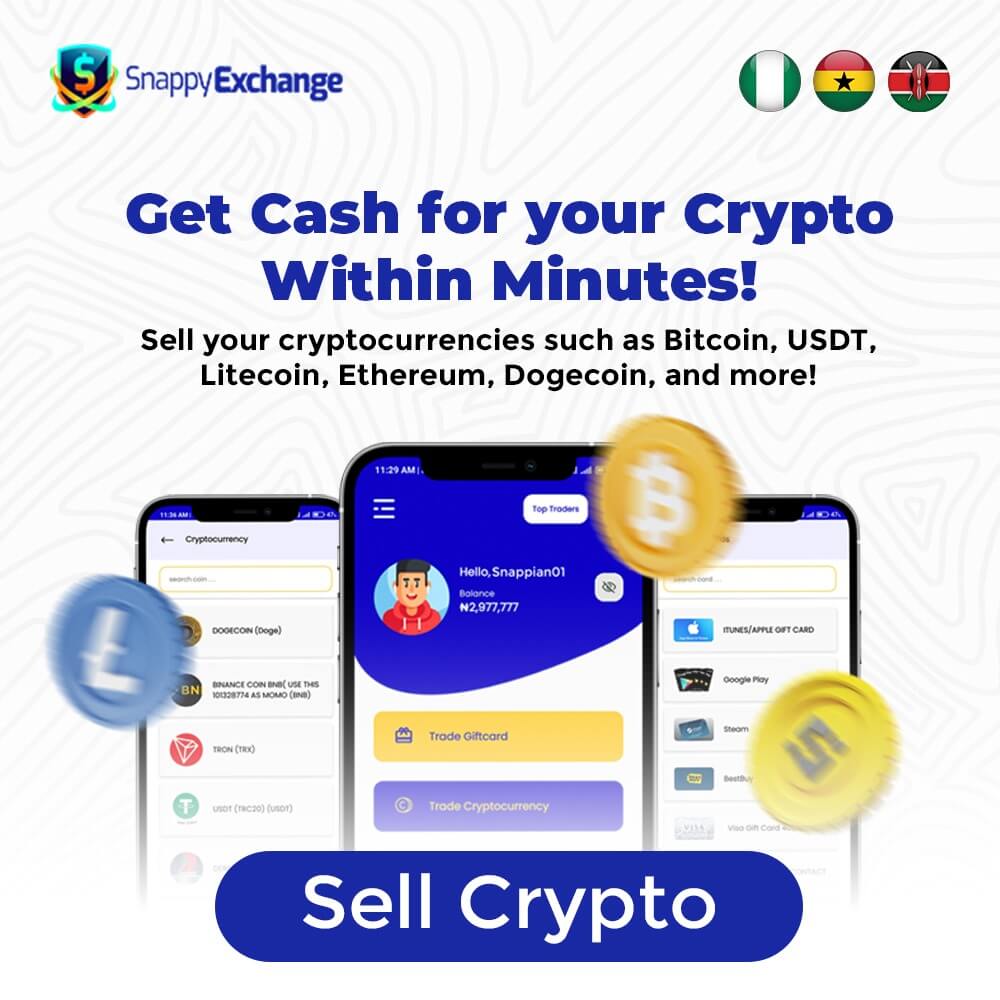
Conclusion
While the future of Ethereum mining is changing, it remains an integral part of the broader crypto ecosystem.
Those interested in mining should monitor evolving trends, such as the rise of Ethereum Classic and alternative mining opportunities in other cryptocurrencies.
If you’re just starting out, focus on investing in efficient hardware, choosing the right mining pool, and ensuring your setup is optimized for maximum performance.
Finally, always stay updated about the latest developments in the crypto world, as this field is constantly evolving.
